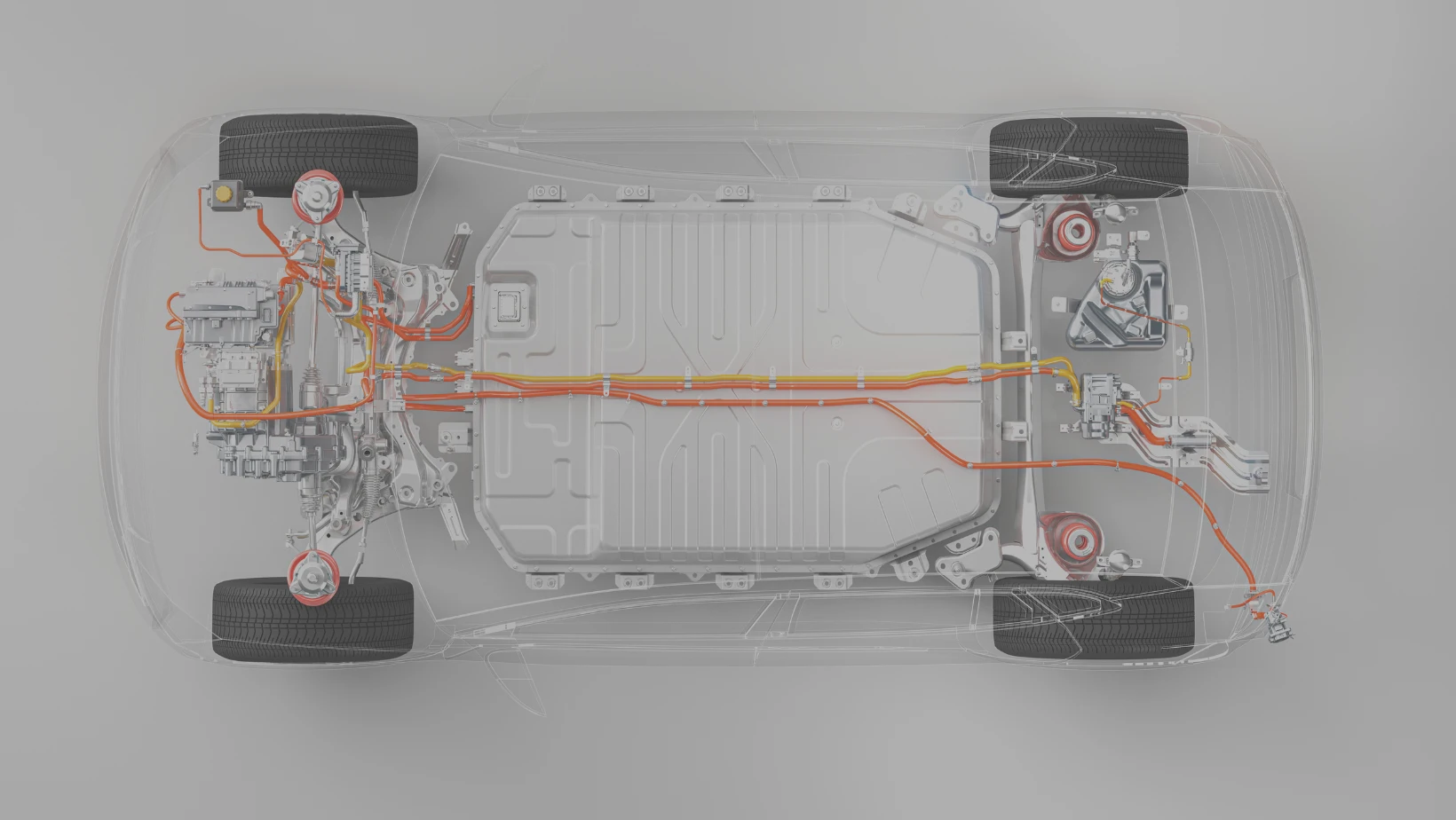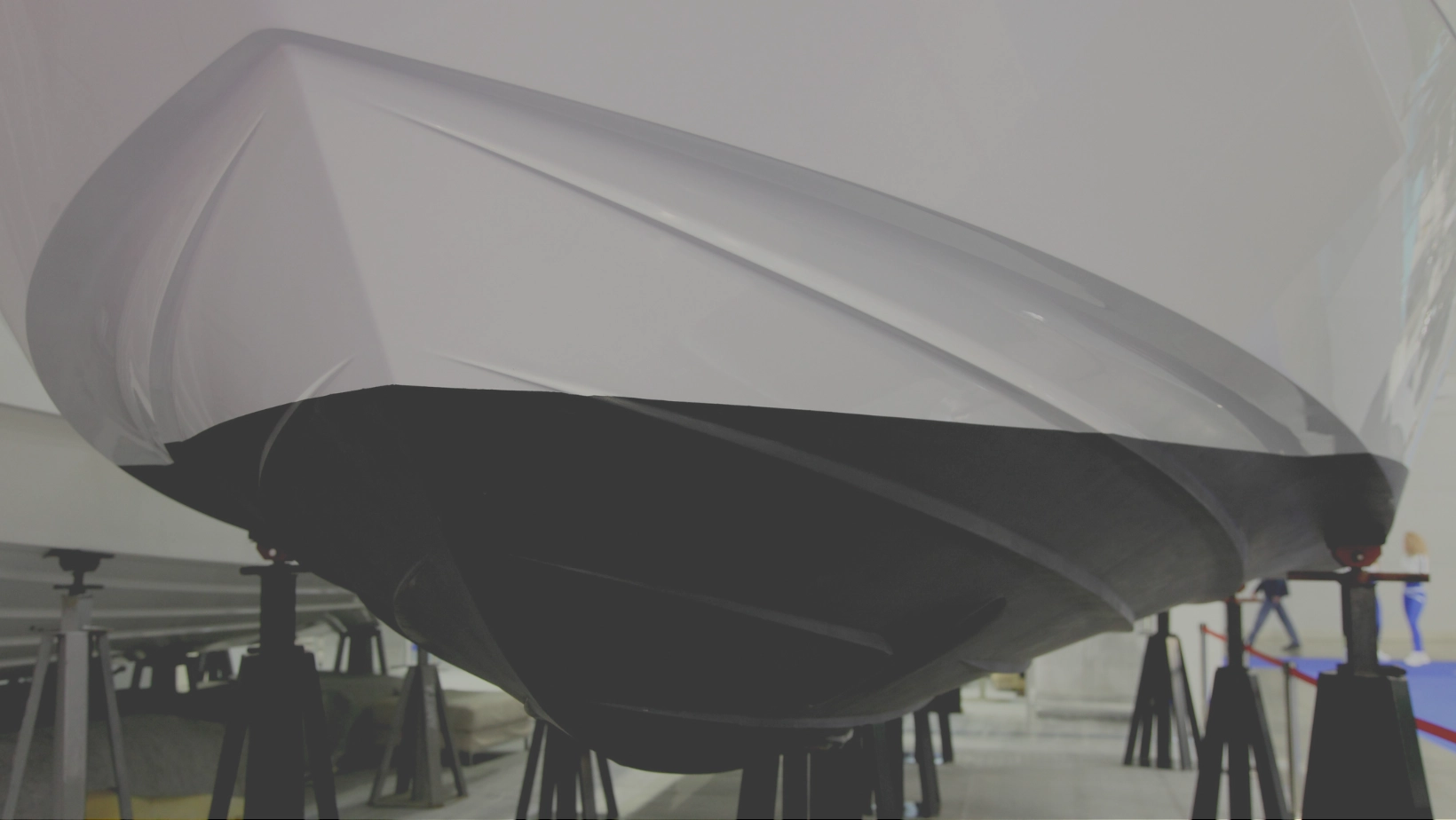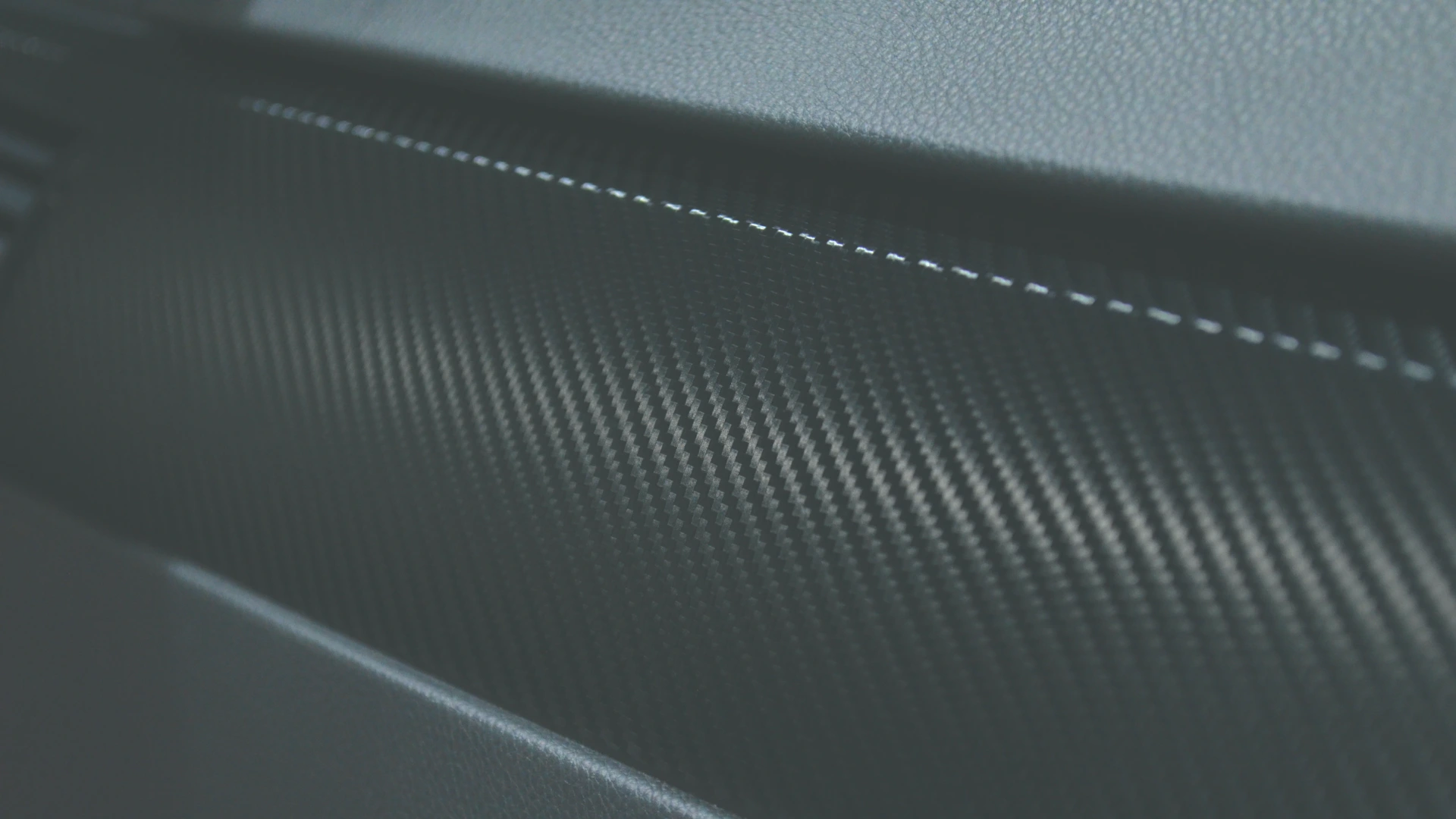From industrial waste product to valuable raw materials. We have been developing, testing and perfecting the method to produce high quality sustainable carbon nanomaterials and graphite, which stand out from the competitors by their purity, thermal and electrical conductivity as well as competitive price.


UP Catalyst uses the technology of Molten Salt Carbon Capture and Electrochemical Transformation (MSCC-ET) for the production of sustainable carbon materials. CO₂ rich flue gases from heavy industry emitters are being used as a feedstock. The process is powered by either wind, solar or hydro energy resulting in a carbon negative production line.
We have developed our own patented method to produce sustainable graphene like carbon out of wood chips and nanoporous biocarbon (NPBC) out of lignin. The process is carried out by employing a simple pyrolysis technology. Wood, pulp and paper industries produce a lot of waste that is considered having low economic value, as they are usually burned for heating or simply used for landfilling.

Carbon nanomaterials are valuable additives in energy storage and production devices, such as batteries, fuel cells, supercapacitors, and solar cells. Graphite is the key component in batteries due to its energy density.
Carbon material dispersions are not only fire and corrosion-resistant, but they also improve the electrical conductivity and mechanical strength of paints and coatings.
Carbon nanomaterials are known to possess a high ratio of elasticity, tensile strength, and yield strain, which make them an attractive reinforcing material for concrete. Thus concrete could be produced more sustainably and in much smaller volumes to cover the same need.
Exceptionally high material properties such as good electrical conductivity, built-in structural flexibility, chemical, and thermal stability, high surface area, and semiconducting nature make carbon nanomaterials ideal additives in composite materials.
Carbon nanomaterials are most widely used in desalination and water filtration systems, either as a direct filter or as a filler to improve the overall performance of the membrane. In air filters, carbon nanomaterials are mainly used to capture gases.
Due to exceptional physicochemical properties, graphene and carbon nanotubes (CNTs) are attractive materials for electronic devices. CNTs, in particular, have excellent properties for the application as a channel material in transistors
Be part of the green revolution using sustainable carbon nanomaterials and graphite made from industrial CO₂ emissions.






